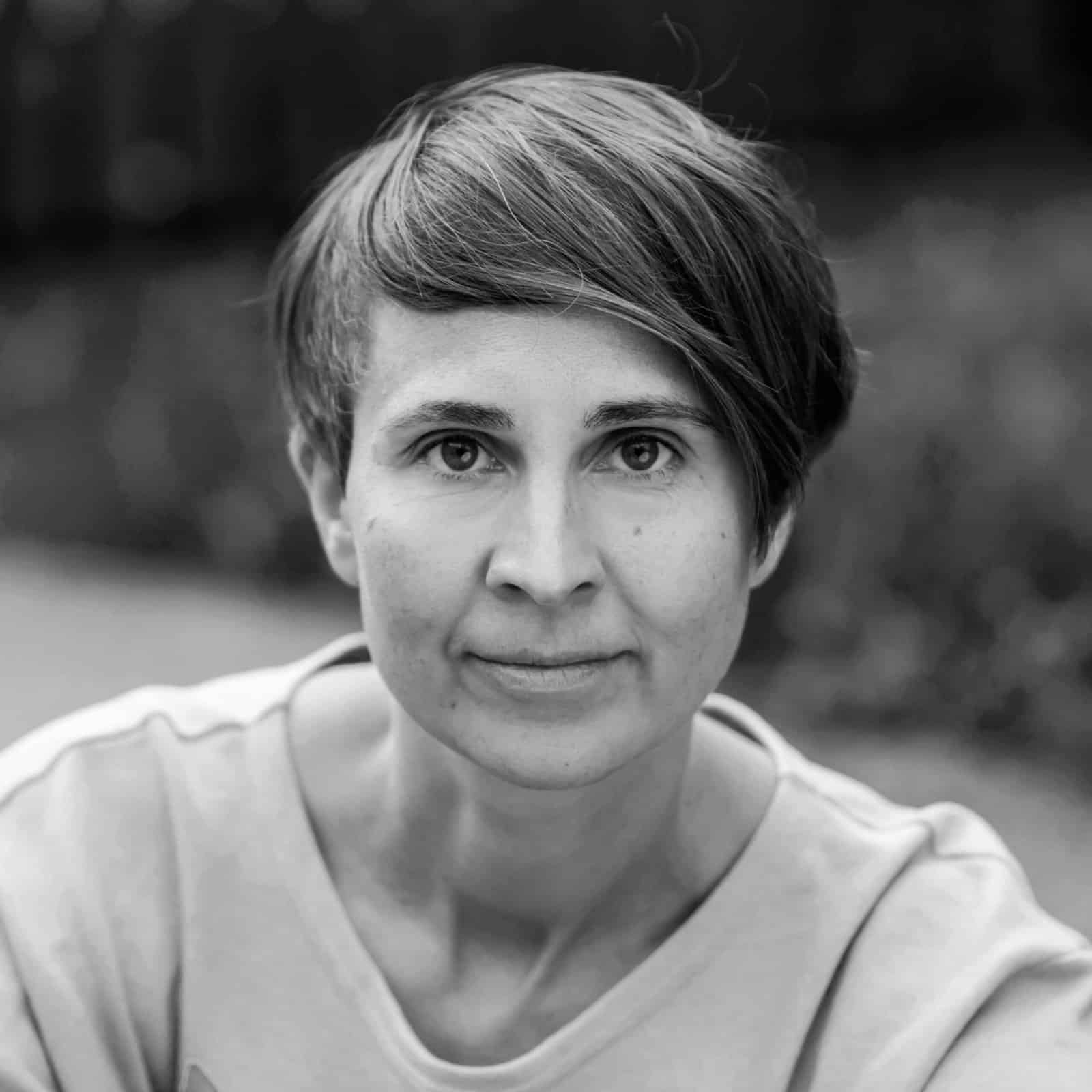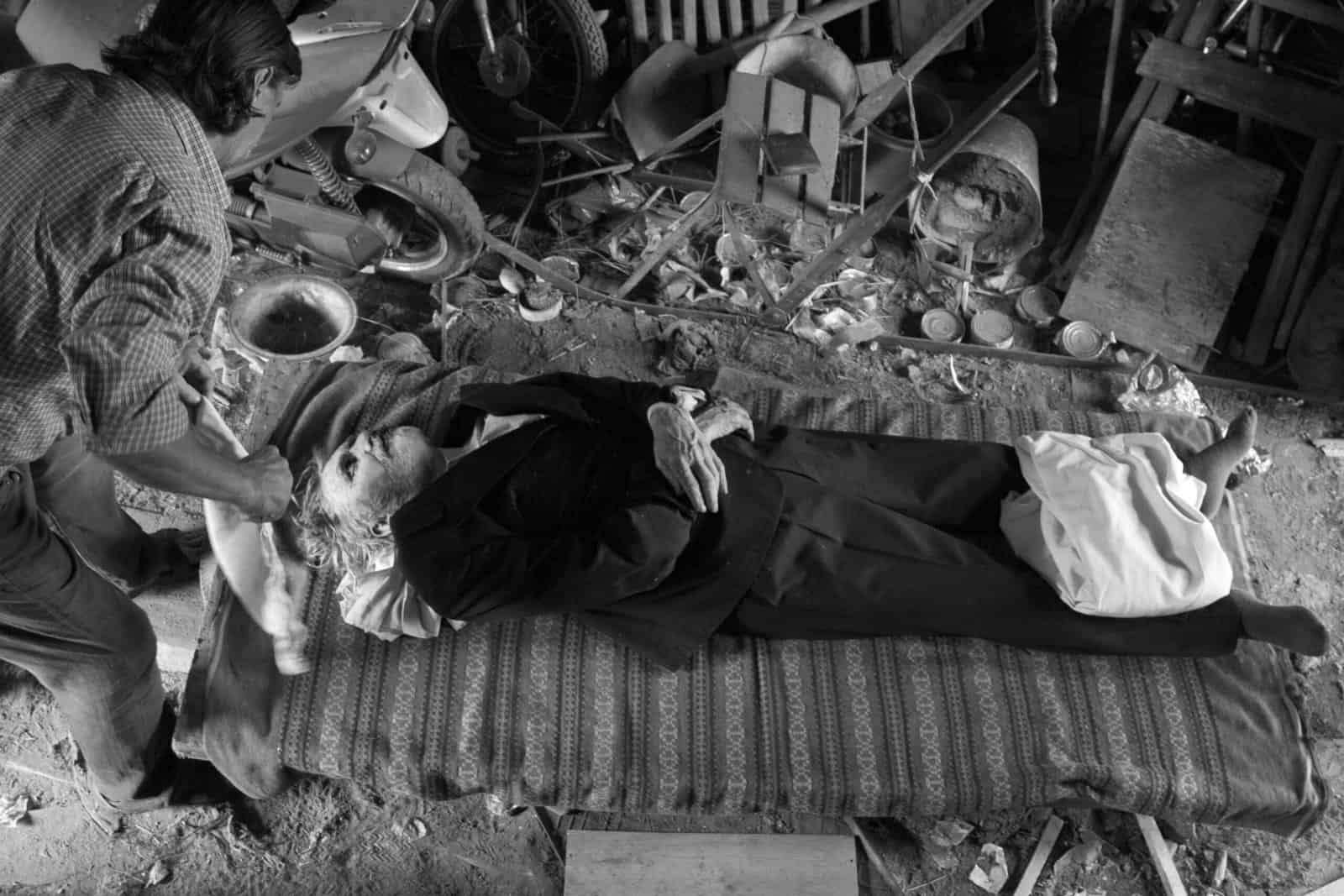
ANNIKA HAAS, PHOTOGRAPHER


ANNIKA HAAS, PHOTOGRAPHER
For around 15 years, I had photographed the Russian Old Believers living on the Estonian – Russian border near Lake Peipsi. In the summer of 2012, one man I knew invited me to photograph an old man named Valeri, who had just passed away. I had photographed many older people from Russian Old Believers before, but Valeri was the first dead person I photographed. As a documentary photographer and long-time researcher of the lives of the Old Believers, I wanted to get this shot because death is entirely natural and a part of life.
I met Valeri in the courtyard of a typical Old Believers house; he was in a new suit that was bought for him by the municipality because Valeri didn’t have relatives. The neighbor led me to him and removed the cover from Valeri’s face, so I could photograph him. This contact with the dead was nothing horrifying for me. The camera protects the photographer.I captured the moment the neighbor lifted the shroud from Valeri, and it was essential to me to capture the moment between the living and the dead.
This photo made it to the Estonian Press Photography exhibition in 2013. The same show was later presented on the roads where Peipsi Old Believers live, and I also displayed this photo there. At first, nothing happened, and the locals looked at this photo with great interest. At one point, a community member came directly to me and told me that what I was doing was wrong. According to him, the local tradition does not allow me to show this person from their community in a vulnerable situation, as the community felt wounded. Therefore, I was forced to remove this picture from the exhibition to respect local values and traditions.
I was startled by this reaction, but I didn’t fully agree as a documentarian. Yes, I felt a bit guilty that, having photographed in this region for 15-16 years, I still didn’t know the local traditions and customs so well, but at the same time, as a photographer, it was hard to understand their reaction. As death is a natural part of life, why are we not allowed to show it? My photography didn’t insult or mock this dead person. It was simply the end of his earthly journey, and I documented it.
The traditions of photographing the subject of death and the dead have been modified into a taboo. While funeral pictures used to be a standard part of family albums, today, you can no longer find death pictures in people’s home galleries. Photographers are even rarely invited to funerals these days. Death is a borderline topic these days, and we must consider whether we are not hurting our grieving loved ones by photographing a lifeless body. At the same time, it is sad that we have become so alienated from death that we consider it something that should not be shown or looked at anymore. Death is losing its naturalness.
Together with two crazy women, Annika founded the photography art house “AmbulARToorium” by the Lake Peipsi. She takes photography students of the Estonian Art Academy there for rigorous training. Annika loves to visit the optimist and pessimist old-believer sisters Vassa and Glavva, who are in their 90s and always say that life is alright! She piles books around herself because they are like faithful lovers.
Interview by Toomas Järvet
Portrait by Laura Põld